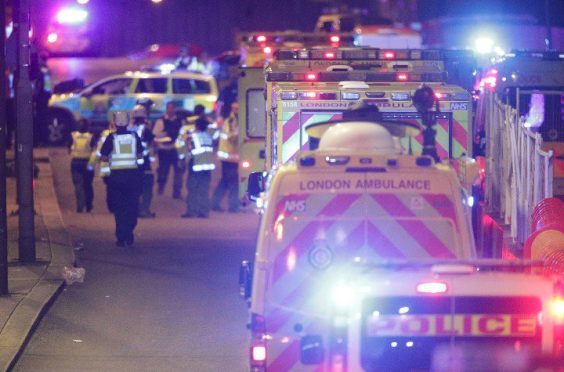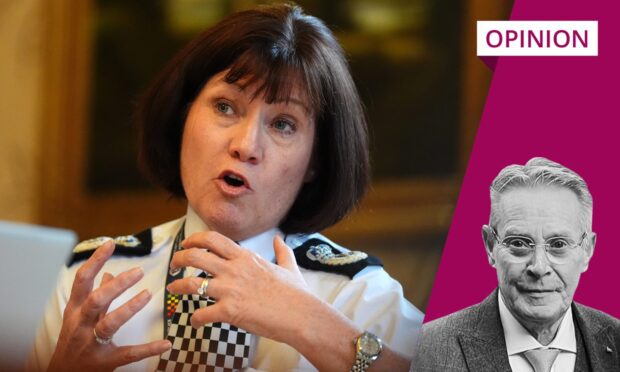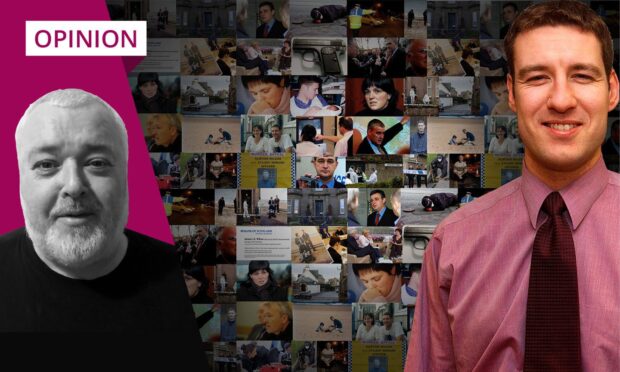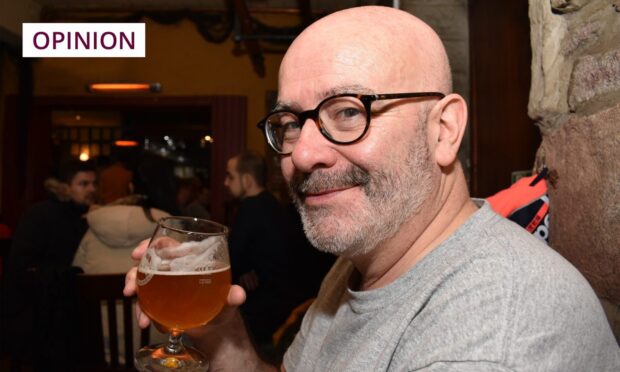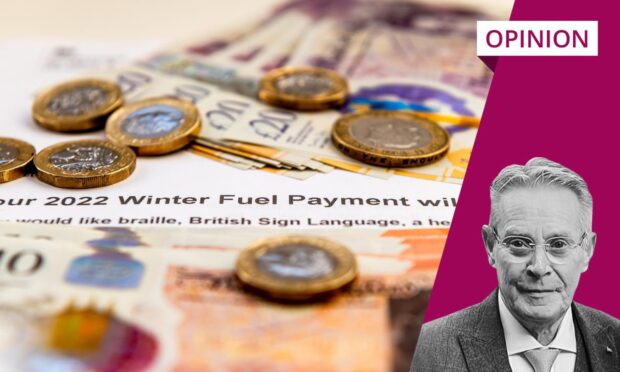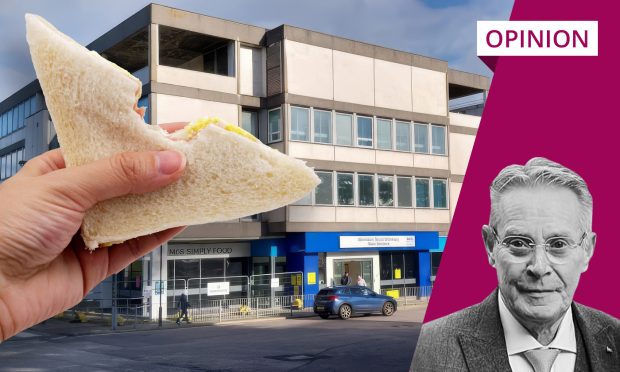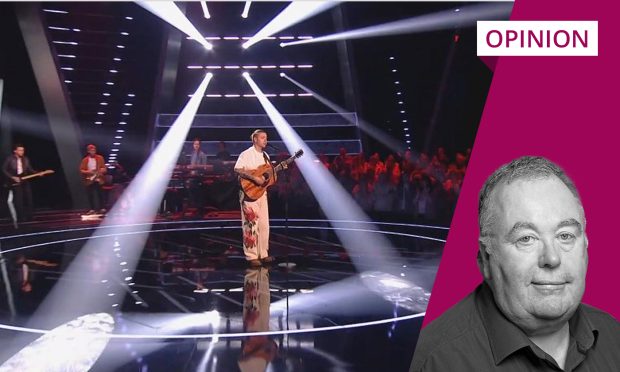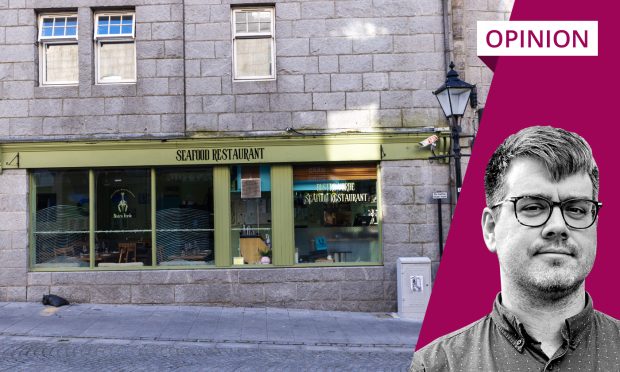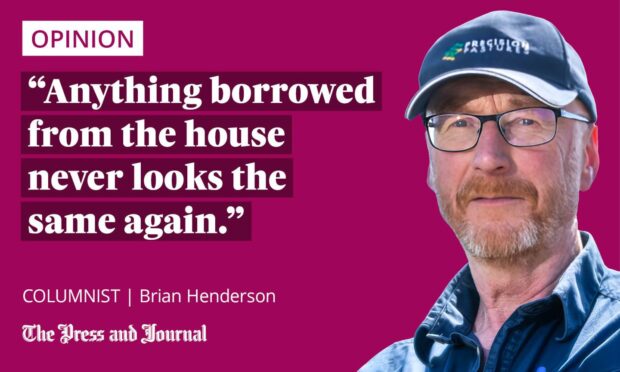Following the recent terror attacks that have taken place in the UK and the dreadful Grenfell Tower fire tragedy, some of us may be feeling a heightened sense of anxiety about our own safety and that of our loved ones.
This is a perfectly natural response and one which may be lingering due to the intense and detailed media coverage which is hard for many of us to hear.
For many of us, when we hear of such events so close to home we feel anxious and desperate to find out what happened, to help us make better sense of it.
It’s especially hard to deal with if we have a connection to those places, for example if you recently visited or have friends in London where the terrorist attacks happened, or you currently live in a tower block similar to Grenfell Tower. Through trying to understand why and how a horrific event has happened, we can then become obsessed with keeping up-to-date with the news, which can increase our anxiety.
Many of us may be feeling scared to do the things we enjoy such as going to a concert or eating at a restaurant or going on holiday, and some of us may be ‘catastrophising’ which means we are imagining the worst possible scenario may happen out of every situation we find our self in.
This can be very disabling and draining, always thinking the worst may be just around the corner, but the reality is many of us are experiencing this response every day.
There are ways we can limit these thoughts to help us function better and live a more balanced and content life, including:
Keep your routine – we crave routine and structure during times like these; it helps us feel secure, so following your normal routine is the most effective way to try and reduce anxiety.
Think logically – In reality, statistics show the possibility of being caught up in a terrorist attack is extremely low, however some of us will actively avoid perceived ‘risky’ situations way beyond what is really necessary.
And the more anxious we become, the more we may perceive a situation to be more dangerous than it really is, thus the negative thought cycle escalates.
Be aware of your stress levels and take action – the reason we feel this anxiety is because of uncertainty and a sense of feeling out of control; we go into ‘fight or flight mode’ when we feel threatened and all our senses are in overdrive ready to deal with a situation.
And because we don’t know where or when it could happen or what the outcome will be, our bodies are overloaded with stress hormones, thus creating a heightened anxiety state.
Try and read your stress levels and if they are high take some time aside to help reduce them. This could be a 10-minute meditation routine, simple breathing exercises or even reading a book to escape your inner thoughts for a while.
It’s important to talk to friends and family about your anxieties – you may be surprised at how many are likely to be feeling exactly the same as you.
However, if your anxiety is affecting your daily life to the point where you are struggling it’s important to seek professional help.
